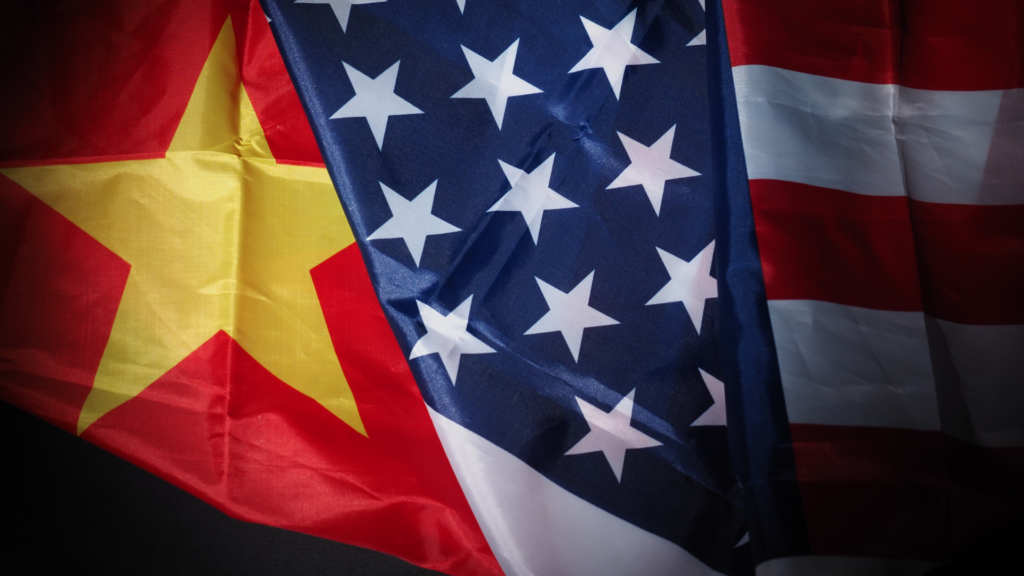NY/NJ Catching a Break and Trade with China.
Your weekly round-up of supply chain news.

A Little Relief
The Port of New York and New Jersey are finally seeing some respite in 2023. Because freight was being diverted from the West Coast, NY/NJ saw a major influx in volume.
The slowdown will allow the ports to focus on infrastructure like 24-hour gate hours, improved truck and rail networks, and preemptive discussion with unions to mitigate any labor disputes to upkeep and increase the volume. The port intends to start the 2024 International Longshoremen’s Association (ILA) negotiations this year.
The Ports of NY/NJ weren’t supposed to hit these volume records until 2030 but still managed to process the major influx in freight volume.
“It wasn’t easy, and it wasn’t pretty,” Port Authority of New York and New Jersey Port Director Beth Rooney said. “We didn’t have a choice, however, and together we rolled with the punches, rose to the occasion, and rolled up our sleeves to keep the record cargo volumes moving despite the challenges.”
It’s imperative that the other parts of the supply chain help maintain the new volume.

Is it Insufficient?
The US is now considering taking more extreme measures as concerns about China’s trade policies and practices deepen. Congress may take measures beyond tariffs and trade restrictions.
Although China is a key market for the US, US firms have many trade barriers in place, unfair practices, and nonreciprocal relationships with China in key areas.
“China’s system blurs state and corporate interests, enabling the government to deploy trade tools (e.g., antidumping, antitrust, standards, and procurement), economic coercion, and espionage to advantage its firms and advance China’s industrial and other policies,” a report from the Congressional Research Service states.
The Chinese government controls the purchase, financing, and price of top U.S. exports to China (aircraft, semiconductors, medical equipment, agriculture, and energy) and “has sought for some time to enhance its control of this trade while reducing its reliance on U.S. imports through trade diversification and industrial policies that use U.S. commercial ties to develop China’s capabilities.”
The measures put into place by the US, like the Section 301 tariffs against Chinese goods and the bilateral Phase One trade agreement, have barely made a dent in the current operations.
But being as the US is a huge export market for China, America could leverage its position in other ways like:
➡️ Strengthening U.S. and global trade rules
➡️ Mandating reciprocity with China
➡️ Collaborating with allies on China trade concerns
➡️ Increasing commercial, technology, and research ties with allies
Will these measures be more successful in reshaping China’s practices?

